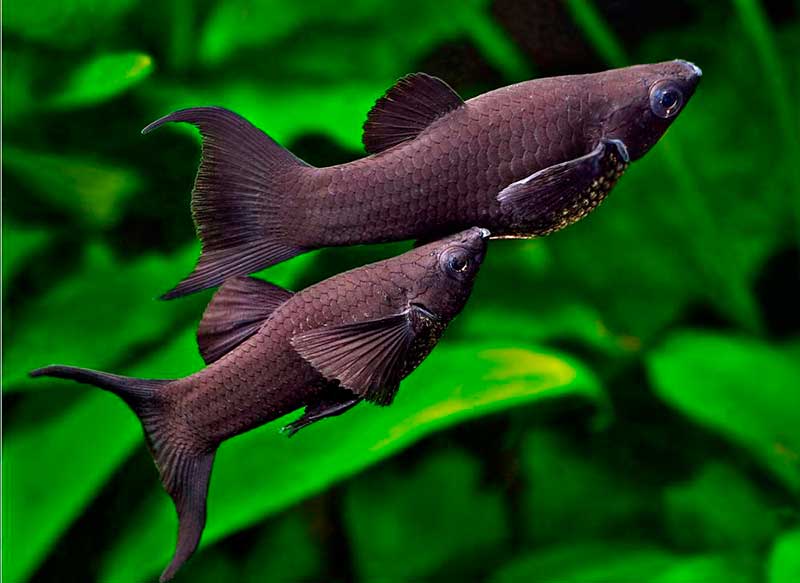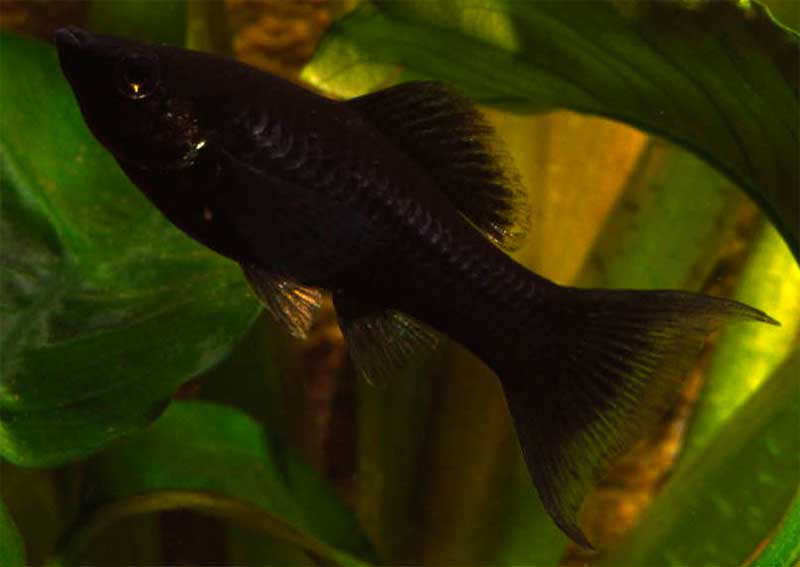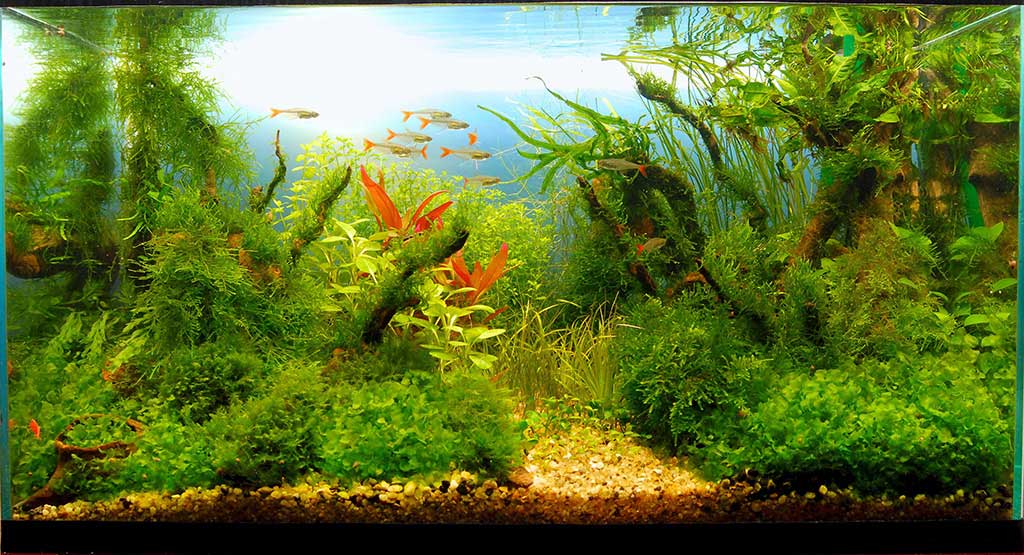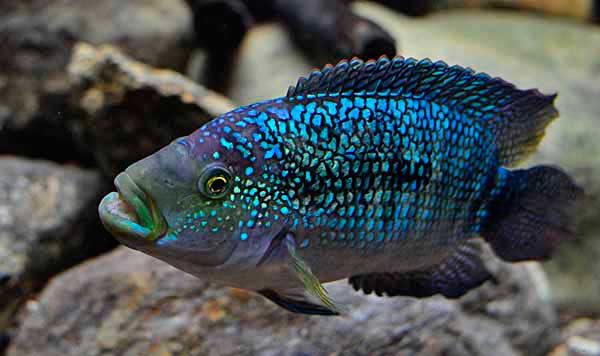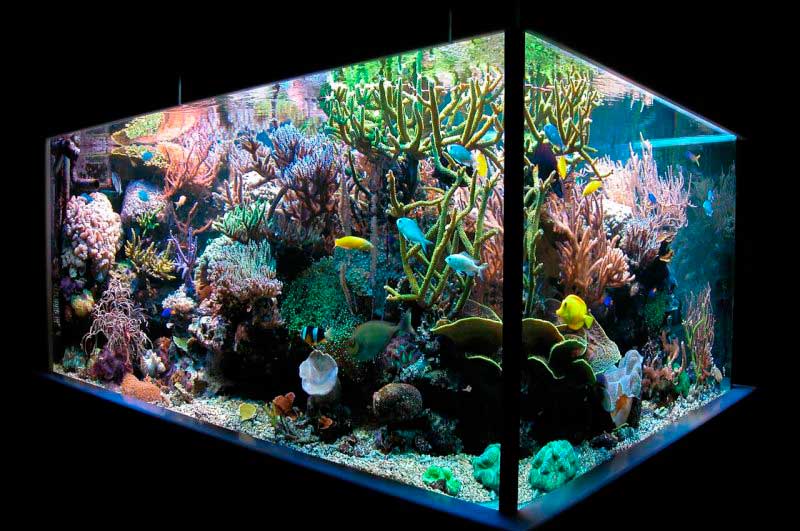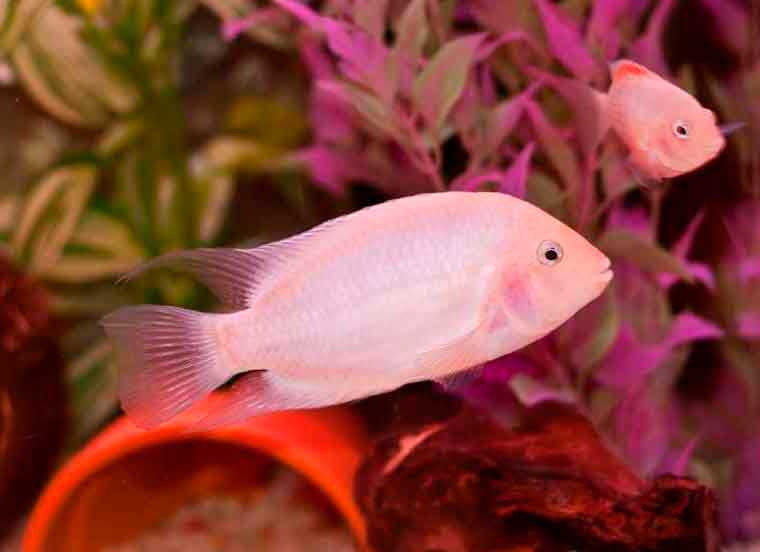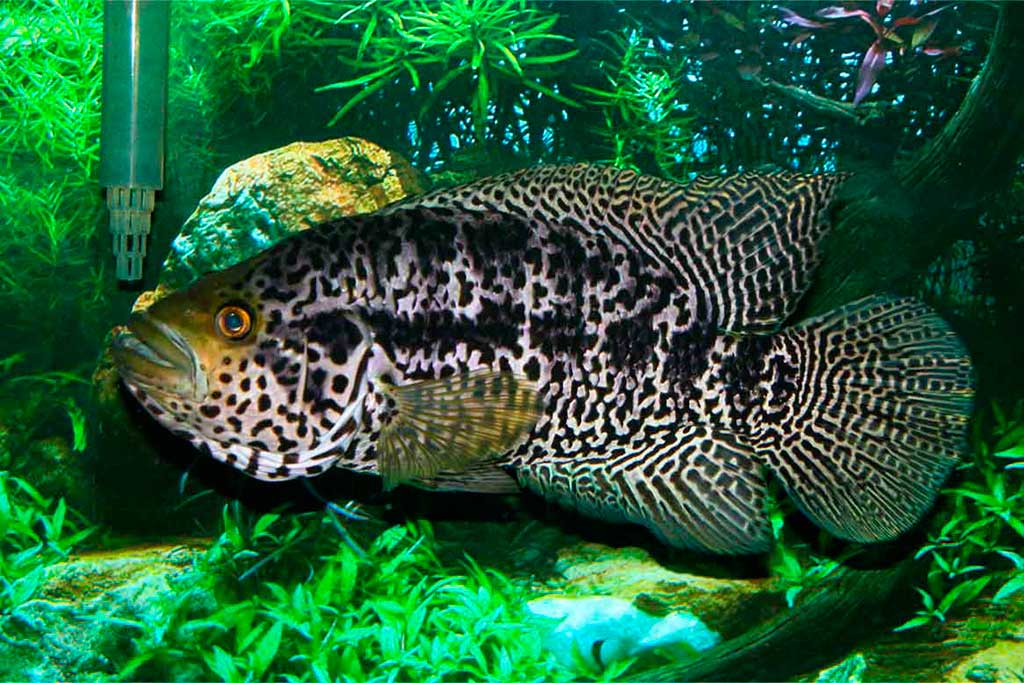Aquarium fish mollinesia one of the most popular species among aquarium fish in general and among livebearers in particular. This is facilitated by a large variety of color variations with different forms of both the body of fish and their fins, bred breeders for more than a hundred years of living this fish behind the glass of our aquariums.
All mollinesia contained in aquariums now belong to the carpozubobobraznyh family of pecilii. Some species have retained their old name – mollinesia, fixed among amateur aquarists from the outdated classification.
The name “Mollienesia” these fish inherited from Mollienesia latipinna caught in Lake Pontchartrain in Louisiana and described in 1821 by LeSueur. Since then, thanks to tireless attempts to properly categorize these fish, they have appeared to the world under the names of pachytipecilia, gambusia, limia, girardinus. Now scientists goggleheads call these fish pecilia.
However, the name “mollinesia” or “mollie” in relation to these species is more familiar to most hobbyists around the world. Therefore, we will stick to this name until the scientific world finally comes to an agreement on any sequence of vowels and consonants for sound coding of these fish species. What a mouthful… 🙂
Main species for the aquarium
At the moment, all species of mollinesia in indoor reservoirs around the world are represented by only three species:
- sphenops mollinesia (Poecilia sphenops)
- mollinesia latipinna (Poecilia latipinna)
- velifera mollinetzia (Poecilia velifera)
All other species called by the word mollinesia with additional definitions such as snowflake, balloon, orange, black, black velvet are color varietals or have a modified body shape or fins. All these varietals are obtained as a result of long-term selection by interspecific crossing of the above species, as well as closely related crossing with close species belonging to the genus Pecilia. In this case, if with pecilias that belong to the same genus, mollinesia can crossbreed naturally. That hybrid guppies and mollinesia can be obtained only by artificial crossing.
This is due to the difference in the copulatory organ of these genera of fish. On the same is based to some extent, and the last classification, relating mollinesia to the genus Pecilia.
Natural form
But back to our aquarium fish. On the Internet often mentioned mollinesia free – it is nothing but a natural form of mollinesia sphenops. It is found in bodies of water from Mexico to Colombia. Mollinesia latipina is found throughout Virginia, Texas, Florida and the Carolinas inhabiting their brackish waters. Mollinesia velifera was first discovered in the waters of Yucatan Island (Mexico), where it is exclusively found.
All species of mollinesia can live in both fresh and brackish water. And in brackish, saline water all species of mollinesia feels much better than in fresh water. For such a demanding fish as mollinesia velifera presence of salt in the water is a necessary condition for its normal development and existence. Also in salt water mollinesia velifera develops higher dorsal fins for which it is so valued. Zolotnitsky in his book points to specimens in which the dorsal fin reached six centimeters in height.
The most unpretentious

The most undemanding to the conditions of existence and the most adapted to aquarium conditions mollinesia black velvet (black mollie). This varietate is a variety of mollinesia sphenops. From which was at the beginning of the last century (1925) was obtained by selection Mollienesia black-reddish. The initial selection of Mollienesia sphenops was engaged in Jack Bitter on the famous fish farms in Fdorida (USA).
It is to him that we owe the appearance of the black and mottled form, which is still popular today. Bill Sternke, a German-born German who emigrated to America in 1908, continued the selection of the black and mottled form of Sphenops mollinesia. Eleven years were spent on the path of trial, error, and painstaking labor. Finally, in 1936, a new varietal known as the black molly was introduced to the world. This species in the shortest time won the hearts of aquarists around the world. It is from him went all black varietates of high-floating and lyre-tailed mollinesia. Also a few years later, Bill Sternke received golden mollinesii albino from which went most of the varietals of red and coffee-brown colors.
Aquarium fish Mollinesia velifera.
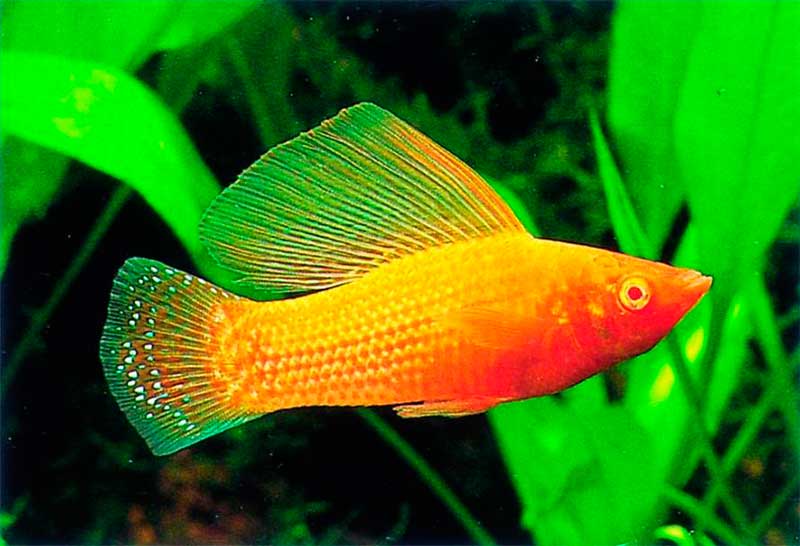
The aquarium fish, Mollinesia velifera, has perhaps undergone the least change from its natural forms and is found behind the glass of aquariums in forms closest to those introduced in the natural habitats of this species.
Aquarium fish mollinesia velifera one of the most demanding to the conditions of existence. It does not tolerate dirty water. Does not like soft water. However, likes a large amount of oxygen in the water.
Also needs a lot of light, however, like other species of mollinesia. The duration of the daylight hours is desirable not less than 12 hours. At the same time, the spectrum of illumination should be close to the sun. In this regard, it is desirable to place the aquarium so that during the day it is at least a few hours of direct sunlight. All other aquarium mollinesia such as balloon, snowflake, orange, Dalmatian as mentioned above are selection forms obtained by crossing the main species of mollinesia, as well as some species of pecilia. For example, the red and orange coloration of mollinesia was most likely obtained by crossing it with a pecilia with the gene for red coloration.
Keeping mollinesia aquarium fish
The smallest and most suitable for the novice aquarist are the Mollinesia sphenops and its varietals. They are enough 5 – 6 liters per pair of adult fish. In addition, as already mentioned, they are the most adapted to aquarium conditions.
Several large volumes per pair of adult fish are required by the aquarium fish Mollinesia latipina. They reach a size of 12 centimeters. Males are somewhat shallower somewhere around 10 centimeters. It is desirable for a pair of adults to provide a volume of 10 to 15 liters.
Mollinesia velifera aquarium fish need the most living space. These are the largest viviparous aquarium fish. In nature, they can easily reach 18 and 20 cm in length. Therefore, it is desirable to provide them for a pair of adult fish from 20 to 30 liters.
Temperature.

Mollinesia sphenops in particular black velvet can withstand temperature fluctuations from 18 to 30 degrees Celsius. The main thing is that these fluctuations are not too sharp. And it is still desirable to maintain the set temperature at least 20ºC. The most demanding to the temperature regime mollinesia velifera. It is desirable that the reservoir in which it is contained had water temperature from 22 to 27 degrees Celsius. If the temperature drops below 22 degrees Celsius mollinesia velifera will often be sick and may die. The optimal temperature for all species of mollinesia can be considered 25 degrees Celsius.
To some extent to increase the resistance of all mollinesias to disease can be as mentioned above by salting the water, as well as maintaining a certain hardness. The total water hardness should not be lower than 10 degrees. In general, the hardness of the environment can vary from 10 to 25 degrees. As for the acidity of water, all mollinesia like slightly alkaline water. Its acidity should be within the range of 7.2-8.
Feeding mollinesia aquarium fish
All aquarium fish mollinesia in nature eat mainly plant food. This should not be forgotten when keeping them in the aquarium. Overfeed them in general should not be. Feed constantly animal feed is highly undesirable. Of the commonly available animal feed is suitable moths, trubichnik, cyclops, daphnia. Along with this should not forget about plant feedings as which are suitable scalded lettuce leaves, nettles, cut cassava (whole cassava fish do not eat).
Breeding aquarium fish mollinesias
Mollinesia aquarium fish are viviparous, breeding relatively easily. Why relatively? Because to get them offspring from them from the aquarist does not require almost no effort. But this simplicity is deceptive because to get normal offspring, the fish must be kept in ideal conditions for them. If the fish will be kept in poor conditions, the fry will be weak, non-viable, degenerate. Or spawning will not occur at all.

If you keep mollinesia in suitable conditions for them, they will reward you every 30 – 40 days with a new portion of small fish. It should be borne in mind that mollinesia fry are even less resistant to water pollution than adult fish. Therefore, one third of the water in aquariums with mollinesia should be changed frequently. And in aquariums with fry mollinesia experienced aquarists change the water almost every day by 90%.
It is believed that mollinesia velifera does not eat their fry. However, even for her not to mention mollinesia sphenops it is desirable to equip a separate spawning tank. Or densely planted species aquarium with small-leaved plants.
Feed the fry can be Artemia nauplii. And when they grow up cut moths and trubichnikom. Also do not forget about plant feedings. As the fry grow, they should be transferred to larger feed and provide more spacious living space.
For more information on the maintenance and reproduction of aquarium fish mollinesia see the articles on species Mollinesia sphenops, Mollinesia latipina, Mollinesia velifera and their varietals.
Questions can be asked in the comments 😉
